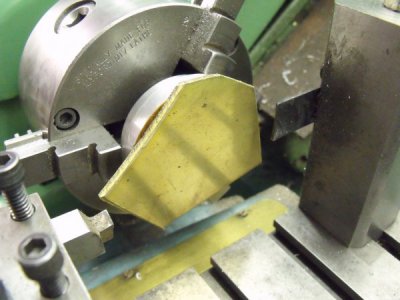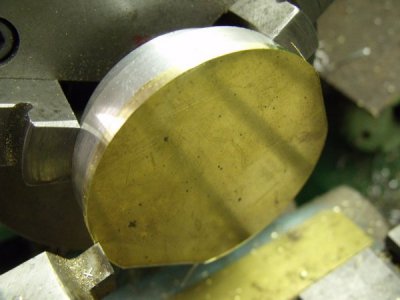A rotary table (or a lathe compound, or other machine slides) feed can be operated quite smoothly and predictably using this relatively simple technique:
Starts at 6:15, money shot starts at 18:00
A drill with variable speed and an adjustable stop for the trigger is needed, along with a fabricated adapter to fit the handle. The end mill can be ramped down into the work as the rotary table rotates, and also ramped out at the end, leaving a nice smooth cut. This technique can be used with many machine tools to make an axis feed smoothly, a poor man's power feed and stepper motor.



